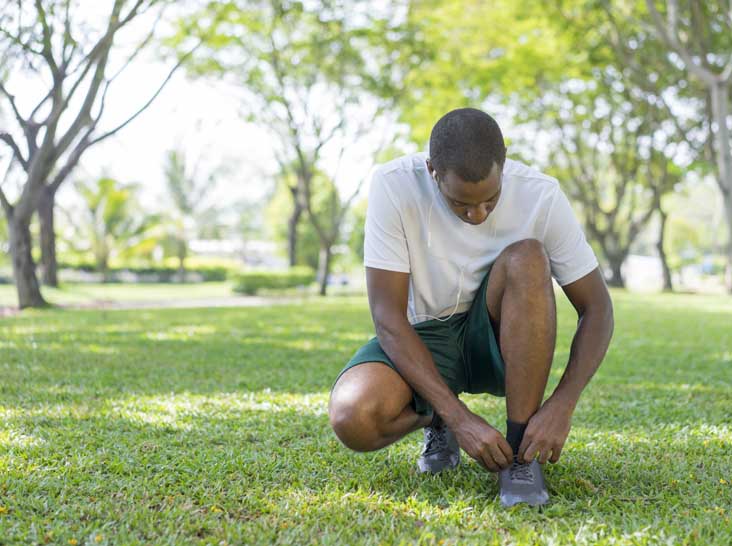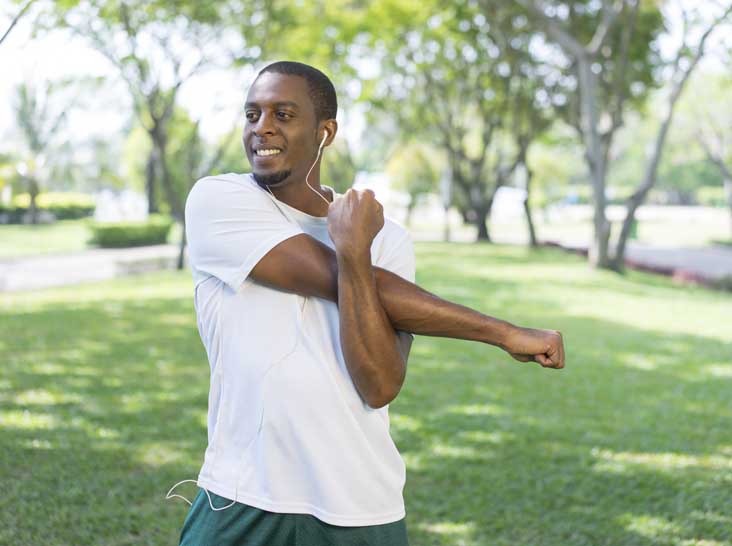To be the best, you have to train like the best. Elite athletes practice a strict training regimen throughout the year that dictates their lifestyle each day. However, to maintain their maximum fitness levels, elite athletes must exercise lifestyle habits outside of their exercise routine. Diet, sleep schedule and exercise routine all work together to make our bodies healthy, and if you want to train like an elite athlete, you’ll have to adopt some healthy lifestyle habits as well.
Training Habits of Elite Athletes

Setting goals is a crucial part of training as an elite athlete. If you’re not aiming towards fitness goals such as becoming strong and faster, you’ll plateau and stop advancing as an athlete. Therefore, no matter what your sport is, you must set goals that you want to achieve and create game plans for how to achieve them. When training for competitions, you should envision yourself winning each challenge as you train and prepare to give each competition your all.
Good nutrition is also an incredibly important aspect in maintaining your maximum performance. The food and drink you put into your body is what gives your body the fuel to train, compete and grow. If you give your body unhealthy foods, you won’t have the stamina you’d get from high-energy foods, like vegetables, that make your body feel good. After training, fill up with carb-heavy foods that will help your muscles recover faster, such as pasta.
Sleeping can be a make or break point for sustaining a strict training schedule. Without sleep, our bodies take longer to recover, which means it’s difficult to exercise several times a week if your body isn’t getting enough rest. Physical training can be both physically and mentally exhausting on an individual, which is why training often requires mental conditioning to overcome the body’s physical exhaustion.
Olympic athletes are often considered the pinnacle of physical health, as they must maintain fitness forward lifestyles that are focused around their healthy diets and physical training schedules. Olympians like Skeleton Slider Katie Uhlaender, Cyclist Kristin Armstrong, and Gymnast Shawn Johnson, know what it takes to be an Olympic athlete and push their limits and train their best in order to beat the best.
Getting to Your Goals

One of the best physical skills to up any athlete’s game is agility. Although strength and stamina are vital to performance, agility is what will allow you to beat your competitor. There are a few waysto improve agility, but the age-old training tactic is cardio. Cardio is a great way to start a healthy lifestyle if you are just beginning your training, because it engages so many parts of your body. Doing cardio exercises regularly will improve your stamina, and by setting goals to become faster, agility will also improve.
Although running is considered the go-to cardio exercise, it’s not the best exercise for everyone, as it can be hard on the knees and feet. If you’re looking for an alternative cardio exercise, consider a road bike to get your heart rate up. These are used by extreme athletes to add variety to standard cardio workouts, and can be easier on the knees and just as effective in building up core strength and stamina.
As you’re setting goals and putting in the tough physical work and dedication to achieve them, it’s important to keep track of your progress and celebrate your achievements regularly. Track your training, goals, and achievements using one of over 250,000 digital health apps available as a quick way to monitor your progress. This way, you have your training schedules, goals, and achievements all in one location that you carry around with you regularly.
Elite athletes are often career athletes who train as part of their livelihood. While we all don’t have the same motivation to achieve our fitness goals, training like an elite athlete can help us live our best lives and feel strong and confident in our bodies. By setting goals and giving your body the nutrition and rest needed to be in top shape, you can train like the top athletes around the world.
Source: Author

